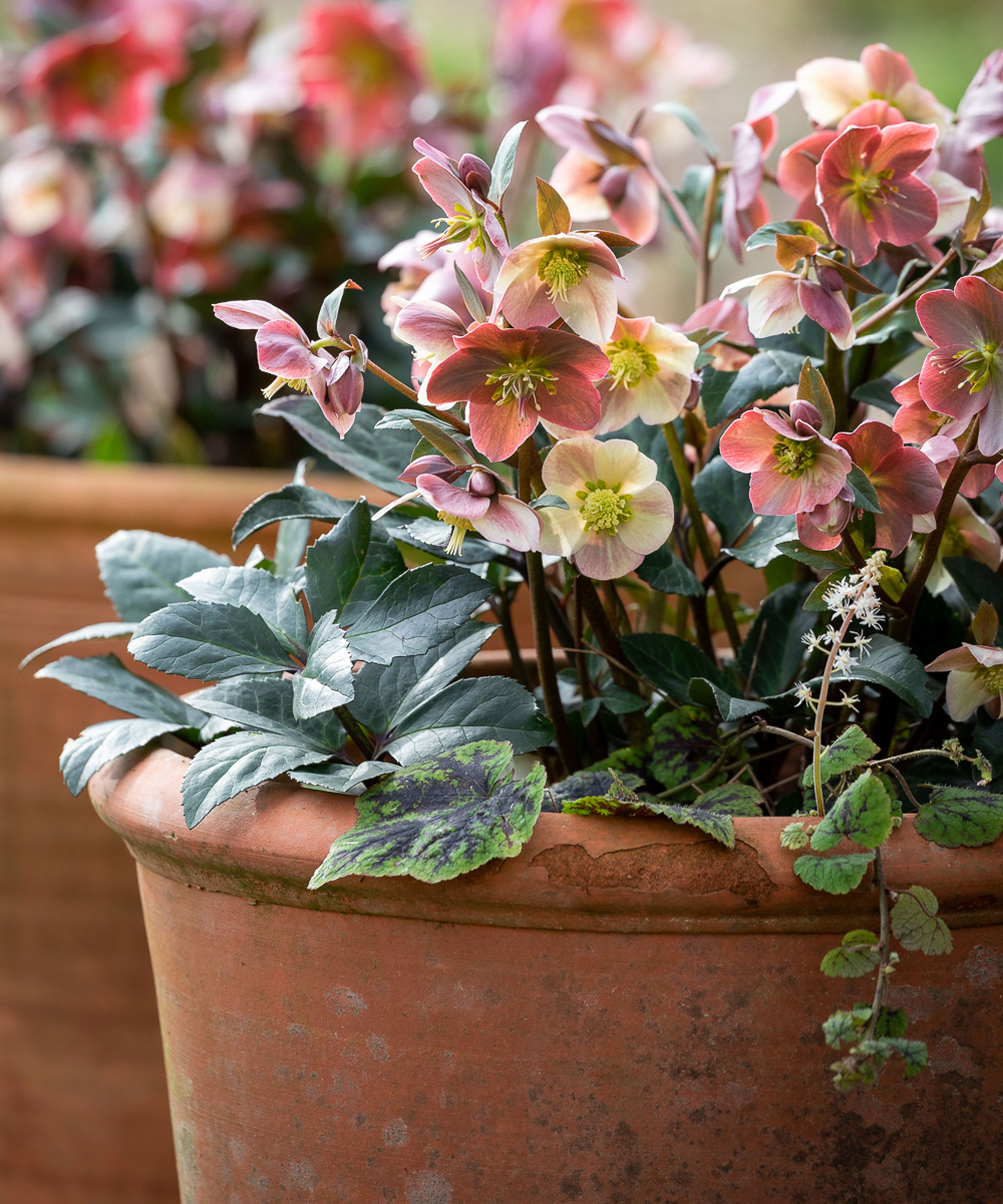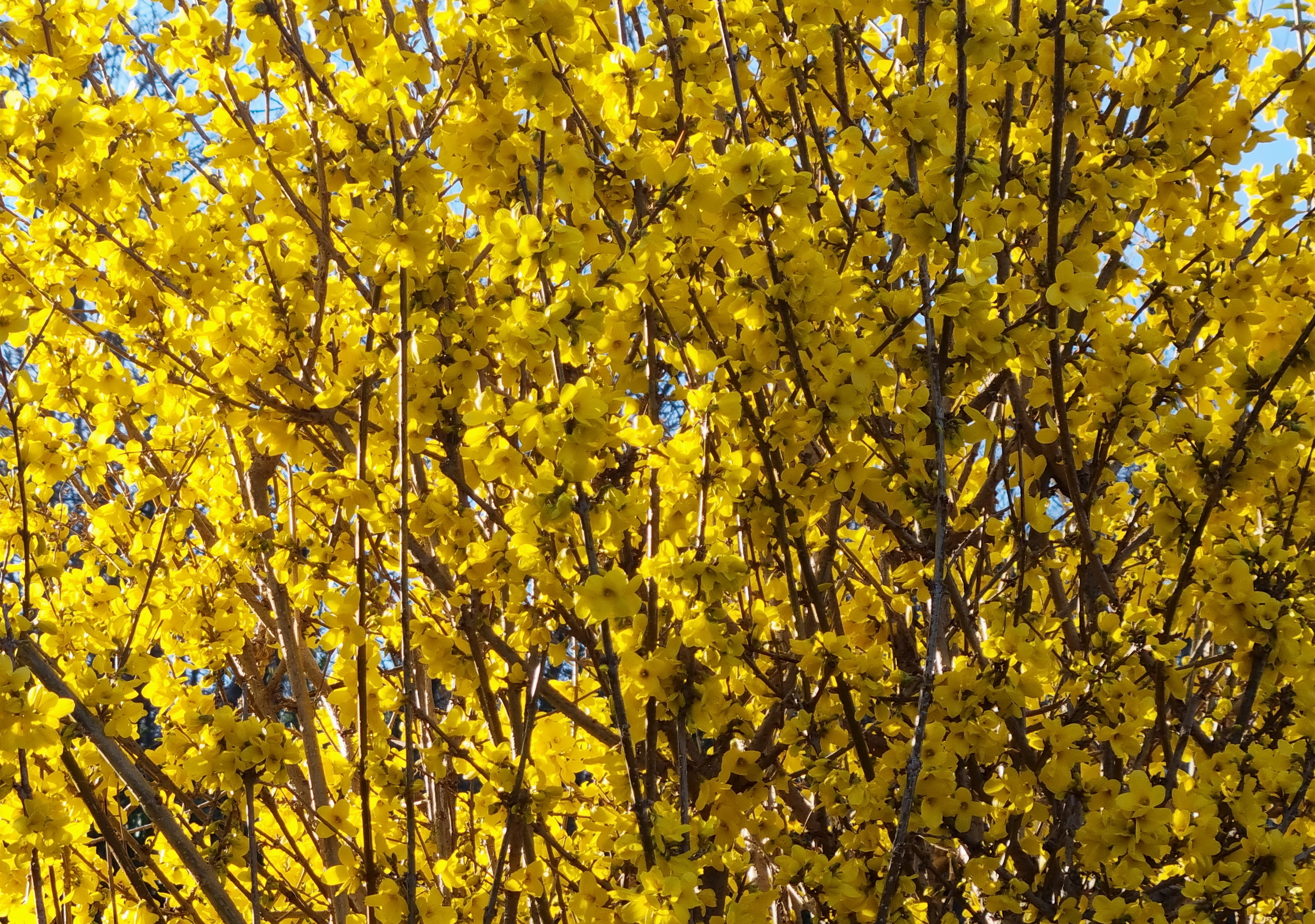
Should you prune plants in winter? If this is something you have pondered, the answer is yes — many shrubs and trees will benefit from a winter trim, but not all.
Knowing how to prune plants properly is integral to keeping them healthy and flourishing. Yet when to prune plants is as important as how to prune them. Timing is generally dependent on the plant's growth habit, and during winter dormancy is a good time to trim many deciduous (those that lose their leaves) trees and shrubs.
Our gardening experts explain which plants to prune in the winter and which to leave until spring. Here's what they had to say.
Should you prune plants in winter?

"Pruning in the winter is ideal for a lot of plants," says Tamara Hogan, plant expert, Fast-Growing Trees. "Woody plants like shade, and fruit trees especially, will appreciate being pruned and managed during the winter. Once those plants have gone completely dormant, the amount of stress that pruning causes is minimized."
As well as fruit trees, such apple, pear and plum, many fruit bushes and woody vines go dormant during the winter and will benefit from pruning too. Roses, hydrangeas, lilacs and other summer-flowering shrubs are also among the best plants to prune in January. As always, it's important to use clean and sharp gardening tools, to avoid damaging the plant or spreading diseases.
What are the benefits of pruning in the winter

There are numerous benefits to pruning woody plants and shrubs in winter. This ranges from being able to see their shape better, once their leaves have dropped–revealing the parts that need to be trimmed away, to better air circulation, disease-prevention and encouraging new growth for spring. To avoid pruning mistakes, check the requirements of individual plants, if you're unsure.
"Winter pruning is helpful regardless of your region," says Tamara. "It can help to promote good shape and size for your plants. Some regions with cooler climates may need to prune for different reasons than warmer places, due to plants dealing with things like snowload. But regardless, winter pruning can be an asset to your plants no matter where you are.
"This is because plants are amazing at resource management," continues Tamara. "So if we prune a lot during the active growing season, plants are going to try to push out more growth to make up for what they have lost. A general rule of thumb is to prune while the plants are dormant to create less stress."
Tony O'Neill, expert gardener, author and founder, Simplify Gardening tells us "Pruning during the plant’s dormant phase invigorates it with renewed energy for emerging growth in spring. Deciduous trees should be pruned in late winter, when they are dormant. It’s easier to see their structure without leaves."
Tony continues: "Also, waiting until late winter to prune plants that flower on new wood helps them to grow more flowers in the coming season. Making neat incisions with minimal damage helps the plant to heal more rapidly and contributes to its overall health."
Are there any disadvantages of pruning in the winter?

It's easy to be over zealous when cutting back, so proceed with caution and just cut away dead or diseased branches to avoid pruning mistakes. Leaving some growth on plants and trees can also provide food for wildlife during the winter months.
"It’s better to prune when the plant needs it, not necessarily because we have pruners and want to use them," says Tamara. "If you see that your tree has suckers developing from the base, go ahead and prune them. But if you are wanting to shape a plant for the sake of shaping and not to help with overall health, keep it to no more than 30 percent of the canopy of the plant at a time."
FAQs
When should you not prune plants?

Pruning at the wrong time can result in poor growth, and fewer flowers or fruit, particularly if you cut away new buds. It can also make the plant susceptible to damage.
"Ideally, avoid pruning in late fall," says Tony. "This is because new cuts might not heal before the cold weather comes, leading to damage to the plant."
"If the plant is young, avoid pruning it during its active growing seasons," says Tamara. "If you have to do some management pruning during the year, you can usually get away with it with an older plant, by not taking more than 30 percent."
However, Tamara tells us that "younger plants will throw out more leaves and branches to replace what it has lost when it's active. What may seem a few branches to you, feels like a big deal to that plant and it’s going to feel like it has to double its efforts to replace what it has lost."
For example, the expert says plants like Forsythia, "develop their flowers during summer, so if you prune in winter, it can give big bare spots for your forsythia. It’s best to prune something like that after blooming in spring. It just takes a little bit of research to find if a plant will benefit for pruning out of dormancy. Generally pruning in late winter before bud break takes care of the majority of trees and shrubs."







